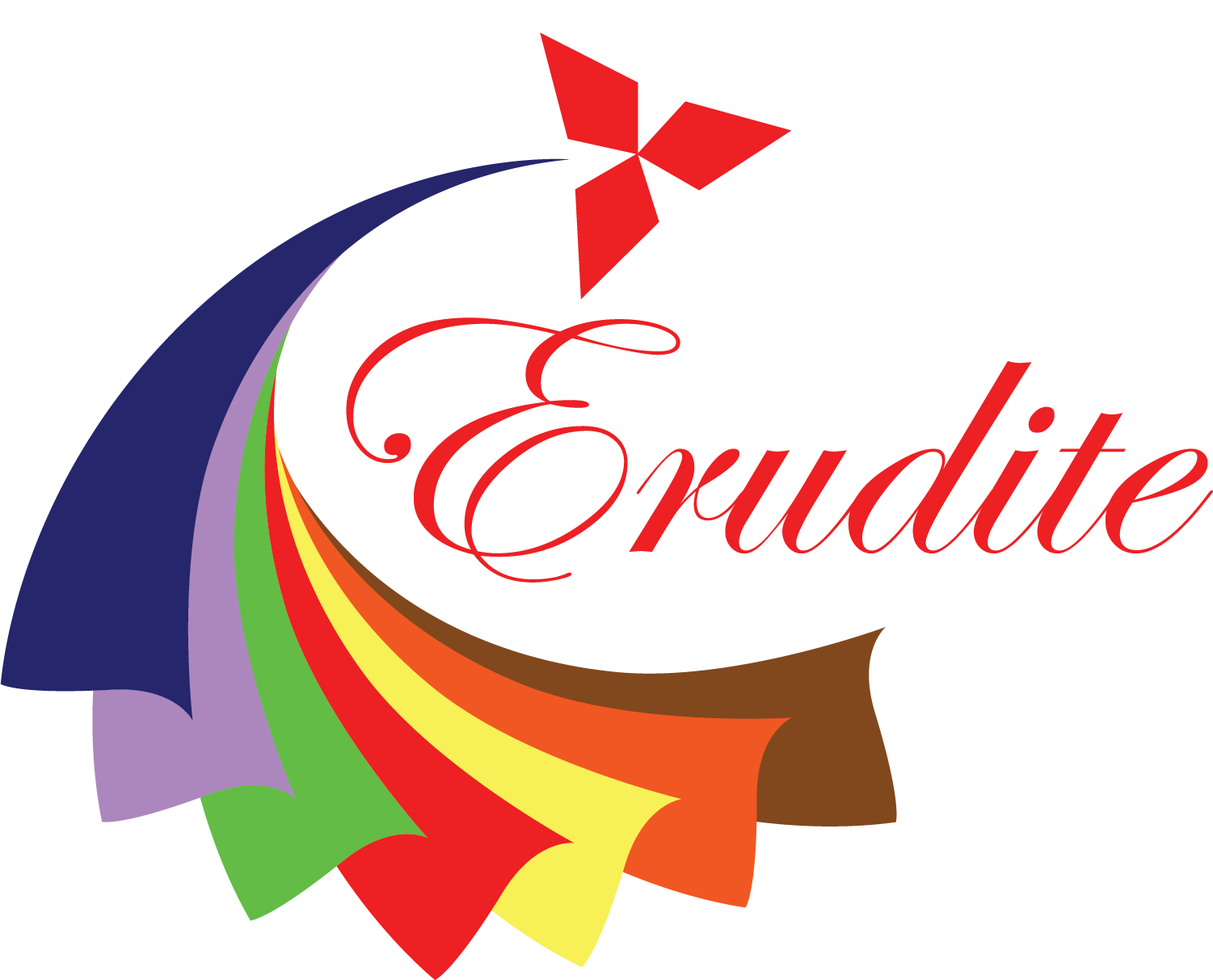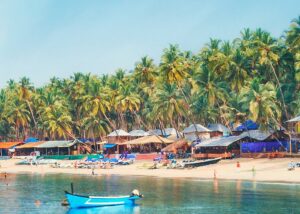Goa
Architecture & History
- The modern Goa was established in 1987. The Portuguese settled and stayed in Goa for almost 450 years, and left an intense impact on Goan culture, food and architecture.
- In ancient literature, Goa was known as Gomanchala, Gopakapattana, Gopakapattam, Gopakapuri, Govapuri, Govem, and Gomantak.
- Other historical names for Goa are Sindapur, Sandabur, and Mahassapatam.
- Goa is the only Portuguese settlement in India.
- Goa is also fondly known as the 'Rome of the East'.
- During the the Mauryan Era, Goa was one of the most important places because of its natural harbour and wide river base.
- Traditional Hindu Goanese house have the following features:
- Angan (courtyard with a Tulsi Vrindavan)
- Rajangan (a courtyard inside the house)
- Deva kood (a place for daily prayer and other rituals)
- Saal (a hall)
- Raanchi kood (a kitchen with a door which is called Magil daar)
- The presence of the Portuguese led to fill the land of Goa with buildings that had churches, convents and Hindu temples.
- Artistic styles of Portuguese architecture are found throughout the city of Goa of Romanesque, Gothic, Manueline, Portuguese Renaissance, Portuguese Baroque, Rococo,
- Neo-Manueline and many samples houses of contemporary architecture.
- The chief building materials used to built in a Goan house are Laterite and stone widely used along with wood, metal and tiles of different patterns and varied styles.
- The architecture of Goan Catholics has purity of Portuguese settlers. Catholic churches are perfect examples of the Portuguese Baroque style.
Demographic Location
- Goa is located on the western ghats of Indian Peninsula known as the Konkan Coastal belt.
- Goa has its border with the state of Karnataka located on the East and South side, opening shores to the mighty Arabian Sea on the Western side.
- Goa is also known for its glamorous beaches, like popular sea sand stretch at Baga and Palolem to those in laid-back fishing villages of Agonda.
People, Rituals and Language
- More than half of the people of Goa speak in Konkani language.
- People of Goa, widely speak English and is the national language of education and commerce in India.
- Very few Goans speak Portuguese in the present days.
Season and Climate
There are four primary seasons in Goa:
- Summer
- Monsoons
- Spring summer
- Winter
- The climate of Goa is pleasant and rainy throughout the year.
- Strong winds rising from the Arabian Sea from the west side over the Western Ghats make the climate of Goa extremely humid and pleasant after sunset.
Culture & Education
- Goa is a place of different people following varied religions like Christians, Catholics, Muslims, and Hindus that live together in harmony.
- The small state of Goa lying on the India's western coast, has been a trade center due to its port line.
- The rich heritage and culture is the identity of Goa. Goans love to celebrate festivals with scrumptious food and delightful music, locals are warm and fun-loving individuals.
- Meals brings the family together, and a staple is the combination of Goan fish curry and rice. Prawns, crabs, kingfish is the traditional spicy delicacy for the locals.
- During Christmas celebration the Goans eat beef and pork best paired with Goa's famous brew made with fermented cashews called Feni.
- A beautiful blend of Indian and western dance form is enjoyed by the Goans. Dances like Fugdi, Dhalo, and the Kunbi remind of the Portuguese era in Goa.
- Dekhni Dance - Performed while wearing a ghumat, this dance form is performed on a song that has western roots whereas the dance has an Indian origin.
- The Dekhni dance is performed by only the women of the community of Goa.
- Goff Tolgadi And Shigmo are dance forms that are enjoyed by locals of the Goan community performed during the months of Spring,
- It is considered to be an offering and jubilation which the season brings to the peasants and their crops.
- This dance is a traditional dance performed by wearing coloful dresses accompanied by beats of dhol, tasha or that of cymbals.
- The Goff consists of weaving braids with various tints of colours and is often performed by the people residing in the Canacona Taluka (province) of Goa.
- Apart from this, the next most sought-after businesses in Goa are locally-run shacks, guest houses, and tourist guide businesses. To sustain themselves in the offseason they practice the cultivation of local crops and grains.
- The Goan women wear a sari, which called 'Nav-Vari' studded with precious stones and jewelery. Valkal costumes are other attractive costumes, these made with loincloths.
- The women wear a traditional sari with a tied knot using their ‘Kunbi palloo’ and have a very distinctive dressing style.
- The fishermen wear bright cotton shirts with half pants. The attire of the tribal people in Goa is a loincloth known as ‘Kashti’, with a blanket draped around their shoulders.
Famous Spots
- The state of Goa, in India, is famous for its beaches and places of worship. Tourism is its primary industry, and is generally focused on the coastal areas of Goa, with decreased tourist activity inland.
- Top Attractions in Goa
- Mangeshi Temple
- Fontainhas
- Reis Magos Fort
- Church of Our Lady Of Hope
- St. Alex Church
- The Saturday Night Market
- Calangute Beach
- Baga Beach
Aqualife, Flora & Fauna
- Goa is known for deciduous vegetation. Several teak, sal, cashew and mango trees is present.
- Fruits trees like jackfruits, pineapples and blackberries are found in abundance in farmlands.
- Foxes, wild boars and migratory birds are found in the jungles of Goa. Bird life includes kingfishers, mynas and parrots.
- Leopards, monkeys, deer, leopard cat, Indian civet, Indian bison, Sloth bear, Indian porcupine, the pangolin, the wild boar, the mongoose and monkeys are the common wild life found all across Goa .
- Mangrove plantation grow and holds muddy river banks, along with sub-tropical hill forests in higher terrain.
- Peafowl is the national bird, Gaur is the state animal of Goa.
- Bhagwan Mahavir Sanctuary stretches along the foothills of the Western Ghats and proudly enjoys the title of the largest wildlife preserve within the state of Goa.
- Bondla Wildlife Sanctuary is very popular with children, families and eco-tourists.
- Water life along the Goan beaches has groupers, damsels, sergeant-major puffers, lion-fish, scorpion-fish, surgeon-fish, barracuda, tuna, eels, snappers, jacks, batfish, gobies, blennies, lobsters and sweetlips.

